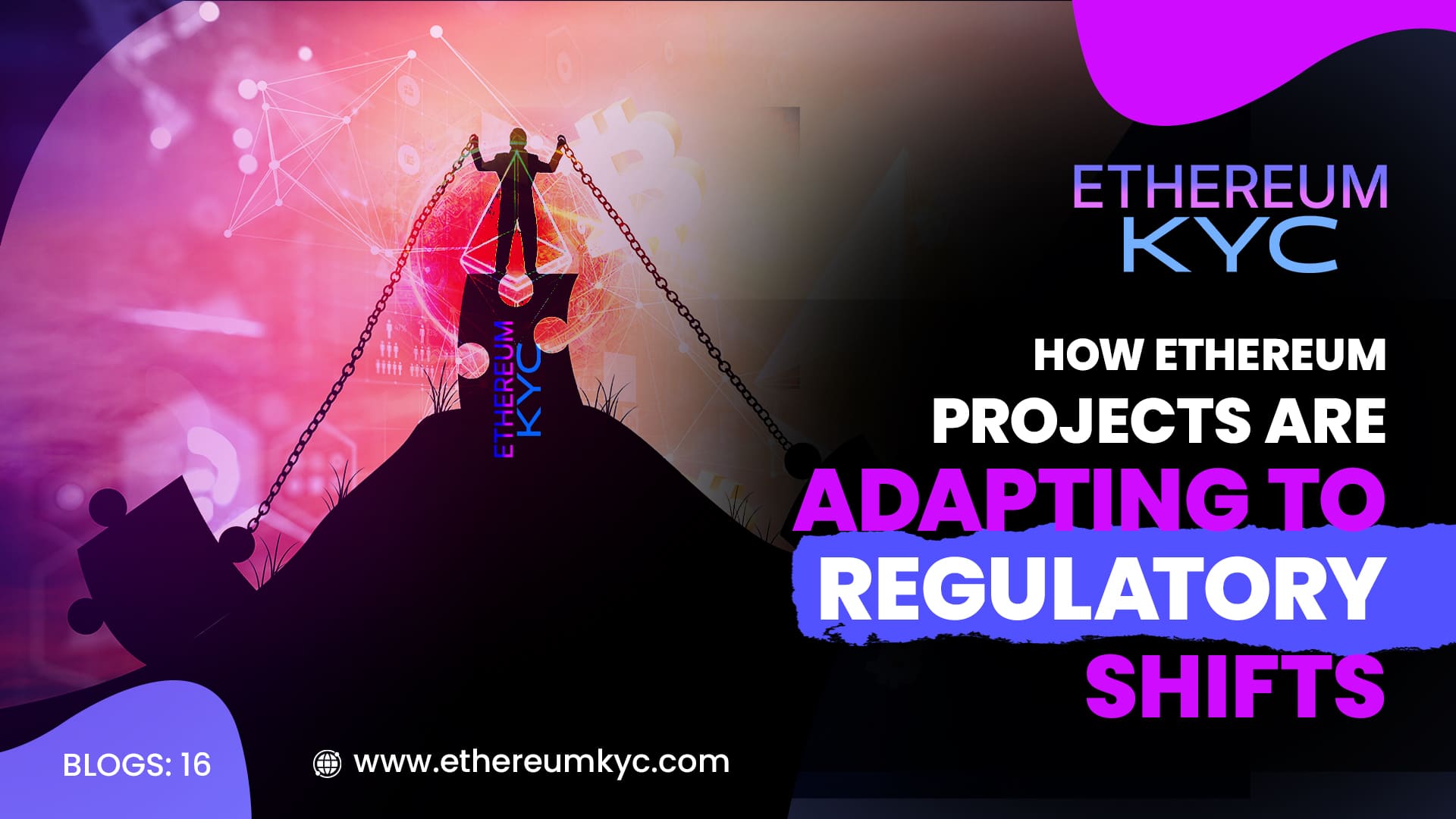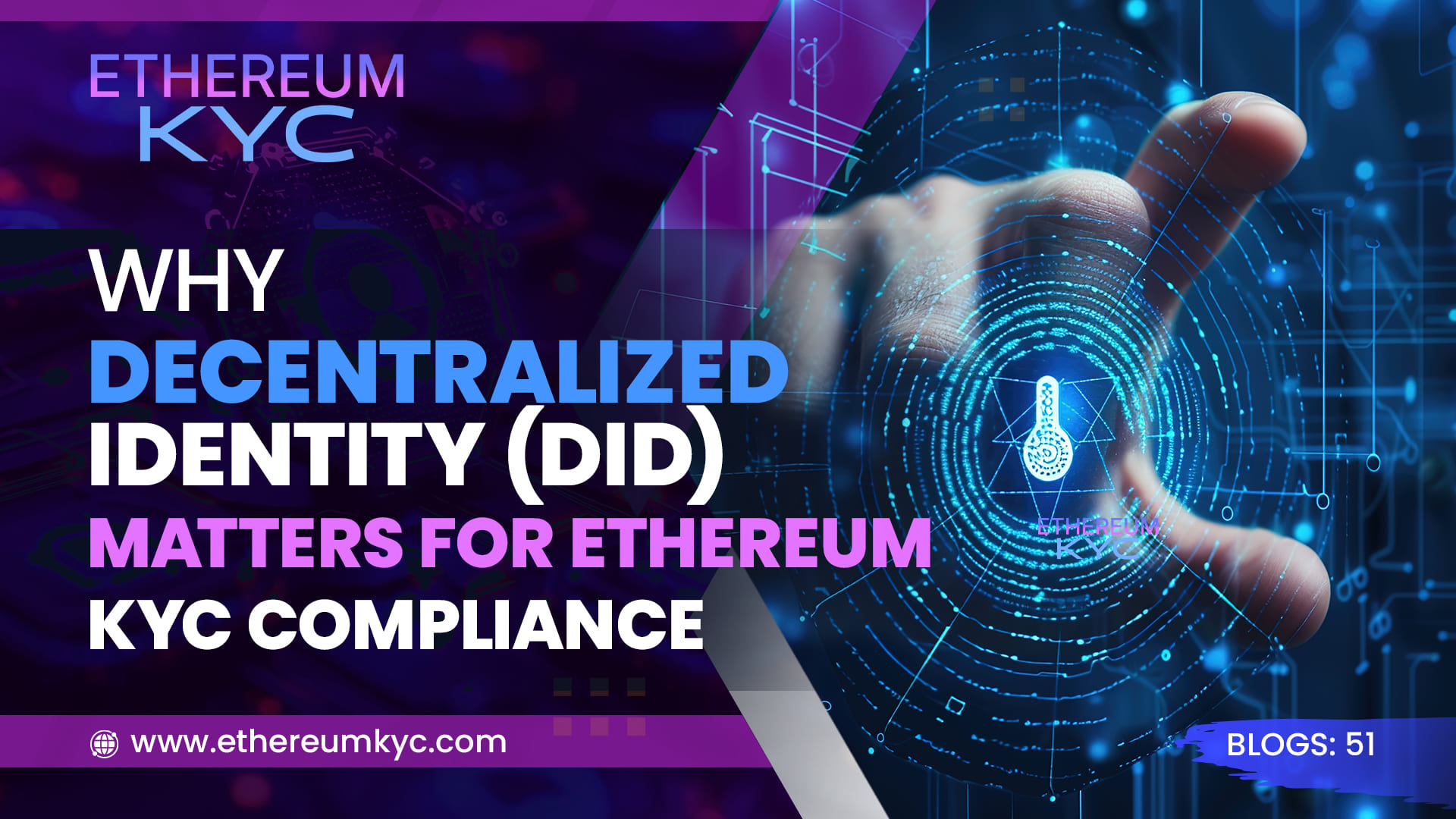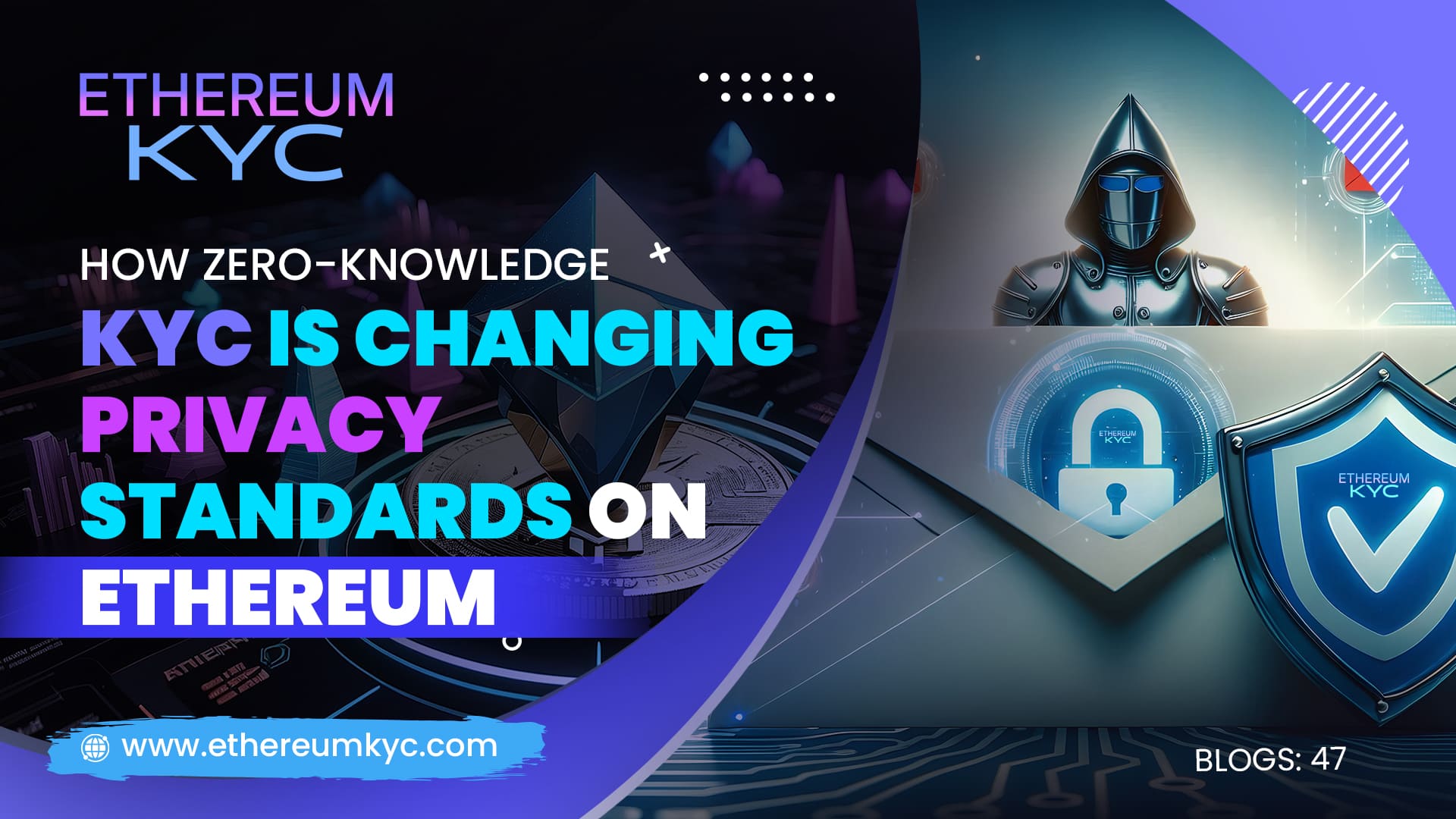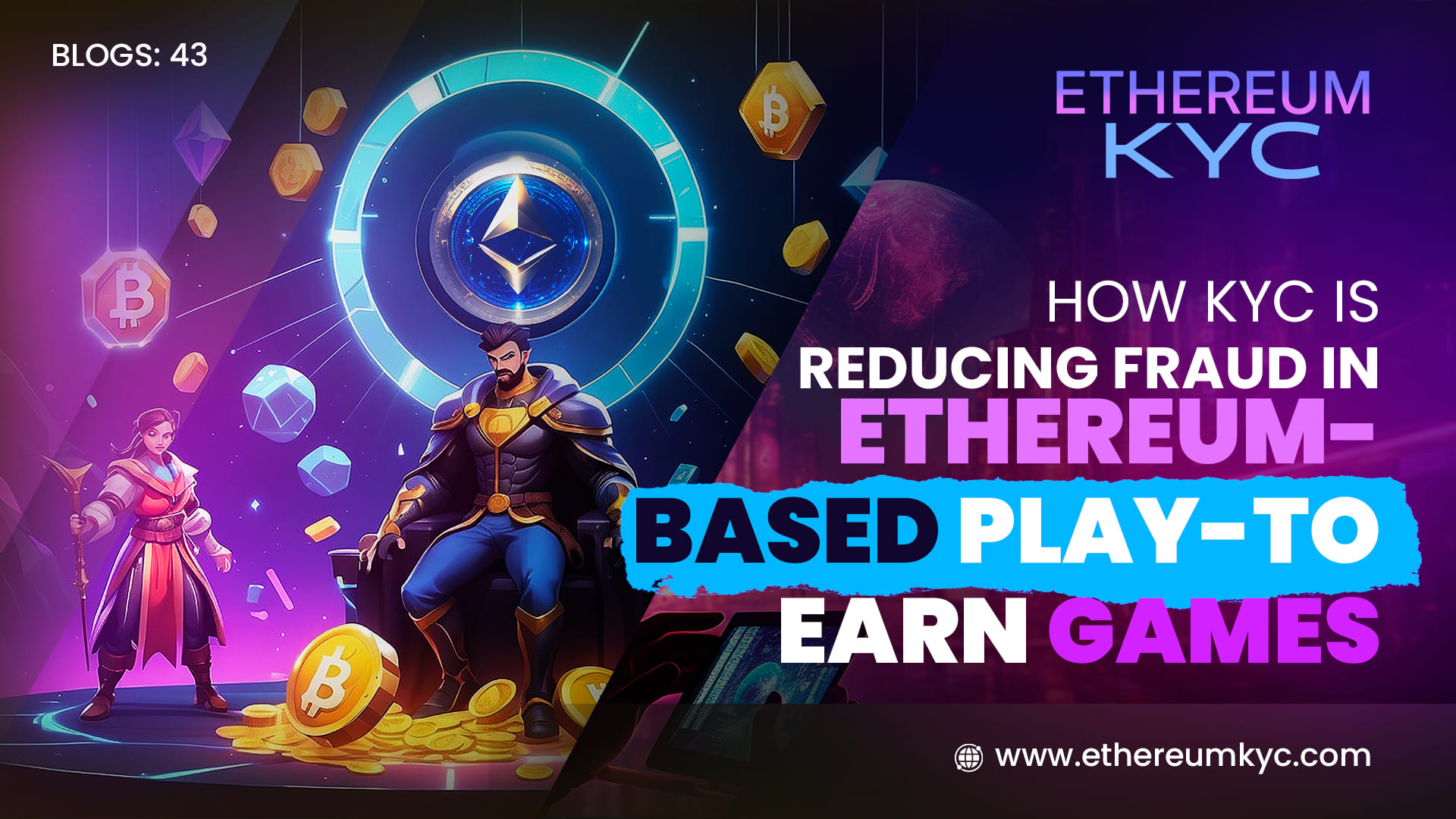November 26, 2024
How Ethereum Projects Are Adapting to Regulatory Shifts
The blockchain landscape is rapidly evolving, with Ethereum projects at the forefront of adapting to new regulatory requirements. As governments worldwide establish clearer frameworks for blockchain and crypto, Ethereum-based initiatives are implementing strategies to stay compliant while fostering innovation.
Key Regulatory Changes Impacting Ethereum Projects
- Token Classification: Tokens are increasingly being categorized as securities or utilities, affecting how projects operate.
- AML and KYC Requirements: Anti-Money Laundering (AML) and Know Your Customer (KYC) laws are now mandatory in many jurisdictions.
- Data Privacy Laws: Compliance with regulations like GDPR has become critical for Ethereum projects managing user data.
How Ethereum Projects Are Adapting
- Enhanced Token Compliance: Projects are designing tokens that meet legal standards, such as security tokens for fundraising.
- Incorporating KYC and AML Processes: By verifying project owners and investors, Ethereum projects ensure trust and legal compliance.
- Transparent Governance Models: Decentralized Autonomous Organizations (DAOs) are implementing governance frameworks that align with regulatory guidelines.
Benefits of Regulatory Adaptation
- Attracting Institutional Investors: Compliance increases credibility, encouraging institutional participation.
- Global Reach: Adhering to regulations allows projects to operate across multiple jurisdictions.
- Long-Term Sustainability: Regulatory alignment ensures projects can scale without legal interruptions.
Conclusion
Ethereum projects are proving their adaptability by addressing regulatory challenges head-on. By staying compliant, they are not only avoiding legal pitfalls but also positioning themselves as leaders in the blockchain ecosystem.






